April 24, 2025 | 12:53 GMT +7
April 24, 2025 | 12:53 GMT +7
Hotline: 0913.378.918
April 24, 2025 | 12:53 GMT +7
Hotline: 0913.378.918
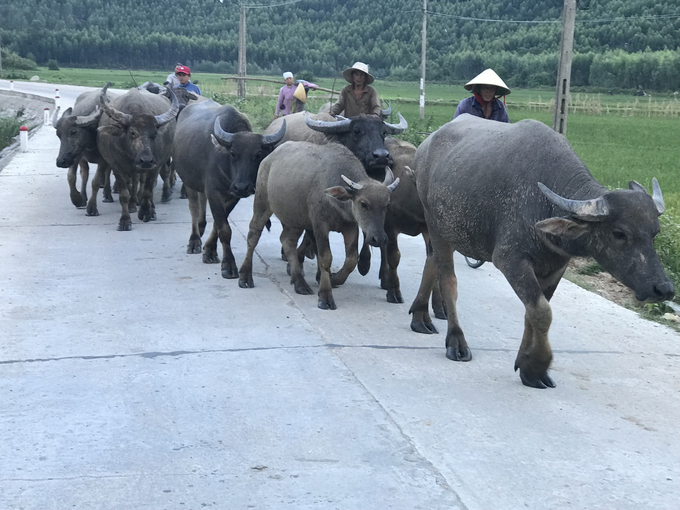
Farmers in Van Canh district (Binh Dinh) bring their cattle to the gathering point for vaccination. Photo: Dinh Thung.
According to Deputy Head of the Office of Agriculture and Rural Development Le Minh Tien, Van Canh district has a total herd of cattle and poultry of nearly 91,600 heads, including 14,320 cows, 2,900 goats, 7,340 pigs and 7,340 pigs and a poultry herd of 67,000 heads.
This locality consists of 6 communes, 1 town with 49 hamlets and villages with 40% of the population being ethnic minorities. Livestock is one of the main sources of income for the people here. Van Canh used to cover all the veterinary work at the village levels, but since early September 2023, the village veterinary system has been abolished according to Decision No. 52/2023/UBND of Binh Dinh People's Committee. All activities in the field of husbandry and animal health at the grassroots level are pushed to the commune veterinary force.
“When it’s time for vaccination, commune veterinary officers must mobilize the previous village veterinarians who are skilled in vaccination to form a team of 3 to 4 people, then notify the vaccination schedule to livestock households in villages so that they know the day to gather the cattle. It helps the vaccination team do the work more easily," said Nguyen An, Director of Van Canh District Agricultural Service Center.
However, it is not easy to mobilize personnel. When the village veterinary system still existed, even though the monthly support payment was not much, the staff took on more responsibilities and they were always ready to participate in all veterinary-related activities. Now the monthly support is gone, and apart from the VND 4,400 per cattle funding of the province for mountainous districts, the commune authorities also have to provide gasoline expenses, only then village veterinarians would join the vaccination team and perform their duties.
“Commune veterinarians would have to travel half a day to get to the furthest villages and spend the rest of the day working, even making the most of the noon break to perform at maximum efficiency. In remote areas, there is no private veterinary facility operating, so when a farming household reports a case of sick livestock, the commune veterinarian must be present at the scene as fast as possible to grasp the situation and report to the Van Canh District Agricultural Service Center,” said Director Nguyen An.
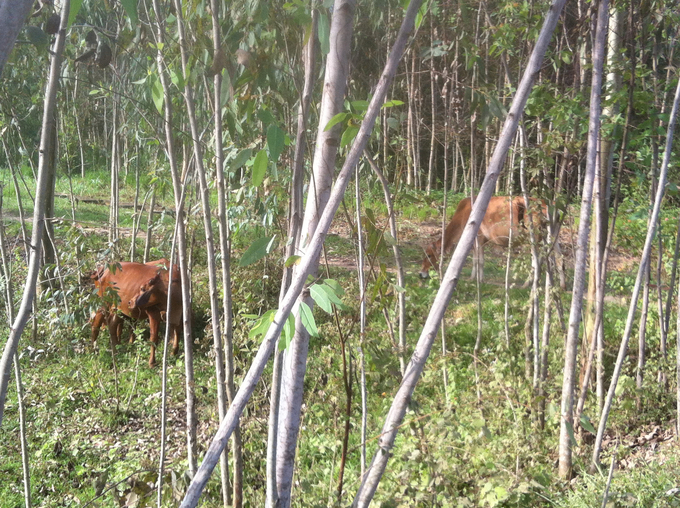
Ethnic minorities in Van Canh district raise cows freely in the forest. Photo: V.D.T.
Canh Hiep commune (Van Canh district) has a herd of 1,396 cows, people also raise pigs and chickens, but in small numbers. When it comes to vaccination, the local veterinary staff coming to Canh Giao village to carry out their duties have to travel tens of kilometers, crossing very difficult trails through hills and forests.
Nguyen Duc Phung, a veterinary staff of Canh Hiep commune, said, “Canh Giao village raises fewer cows than other villages, only nearly 200 heads, but the vaccination task must still be done diligently”. After announcing on the commune radio station, Phung has to send the vaccination schedule via Zalo to the village chief, then the village chief would notify each livestock household so that they would gather the cattle in one place the day the vaccination team comes.
“Veterinary work in mountainous areas is completely different from what the staff at the lowland districts experience. Livestock and poultry of the plains are raised in concentrated zones, so it is convenient for vaccination. In the mountainous areas, ethnic minorities mainly let the livestock roam free in the woods or raise them in makeshift barns, cow manure is not cleaned for a whole year. When entering the barn for vaccination you must wear boots, otherwise the cow would struggle and cow manure would be all over the place,” Phung said.
As for Dinh Minh Thao, a young veterinary officer of Canh Lien commune, the veterinary staff working in mountainous areas always put in maximum effort to perform their duties despite the difficulties. “Buffaloes and cows are great assets of the people here. If we do a poor job and they get sick or die, we can not be at peace. Having access to the vaccination system, the epidemic situation in the commune has been stable in recent years”.
Translated by Samuel Pham
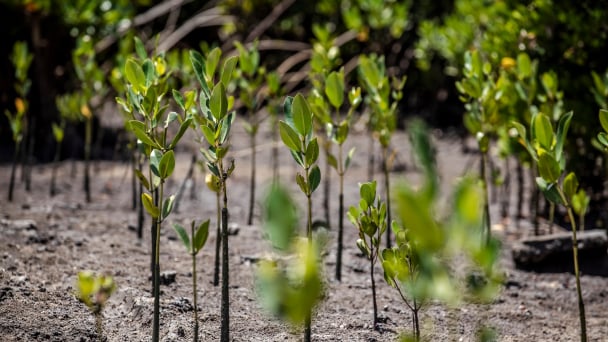
(VAN) Cutting-edge technology and data will bring transparency and accountability to global restoration commitments under the Kunming-Montreal Global Biodiversity Framework.
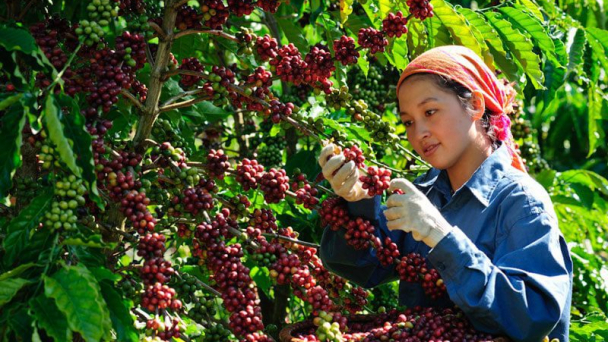
(VAN) The SAFE project in Vietnam will support actors in the coffee supply chain in meeting the requirements of the EUDR and conserving forest ecosystems.
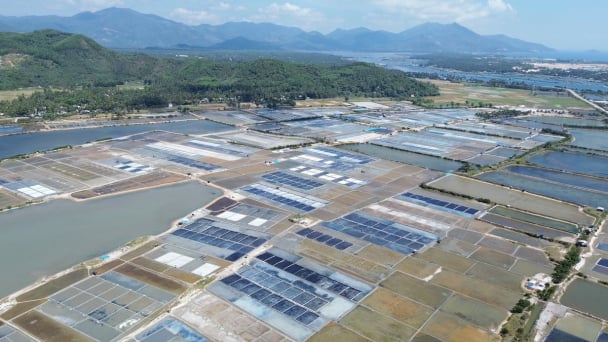
(VAN) On April 22, the United Nations Development Program (UNDP) worked with a group of local farmers from Tuyet Diem village and representatives of Xuan Binh commune, Phu Yen province.

(VAN) At the close of the P4G Summit, delegates agreed to transform agricultural and food systems sustainably, ensuring food security while protecting the environment.
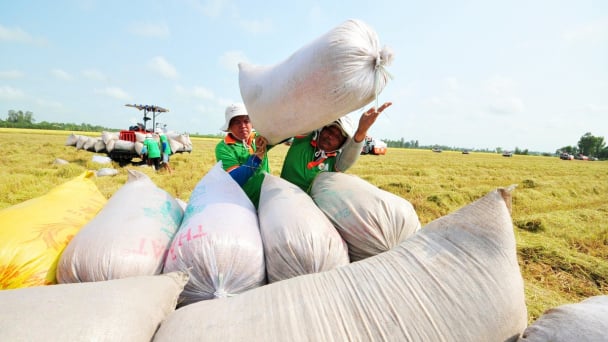
(VAN) The rice industry in the Mekong Delta is undergoing a major transformation, shifting toward sustainable, high-quality, and low-emission exports to meet the green and clean standards increasingly demanded by international markets.
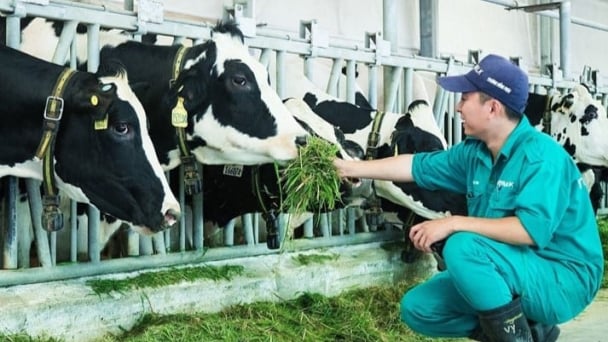
(VAN) According to Tong Xuan Chinh, Deputy Director of the Department of Livestock Production and Animal Health, Vietnam’s dairy cattle industry must overcome seven major challenges to achieve sustainable development.
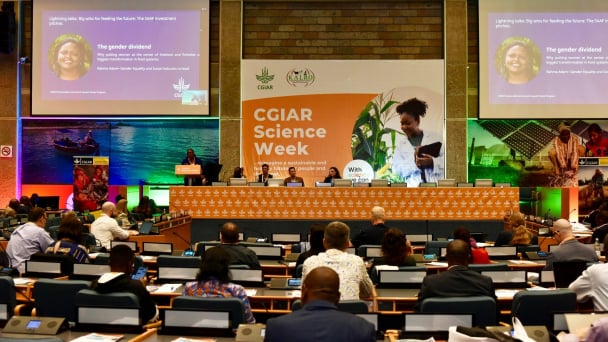
(VAN) The CGIAR’s Sustainable Animal and Aquatic Foods (SAAF) program represents a new approach that emphasizes the transformation of food systems toward sustainability.